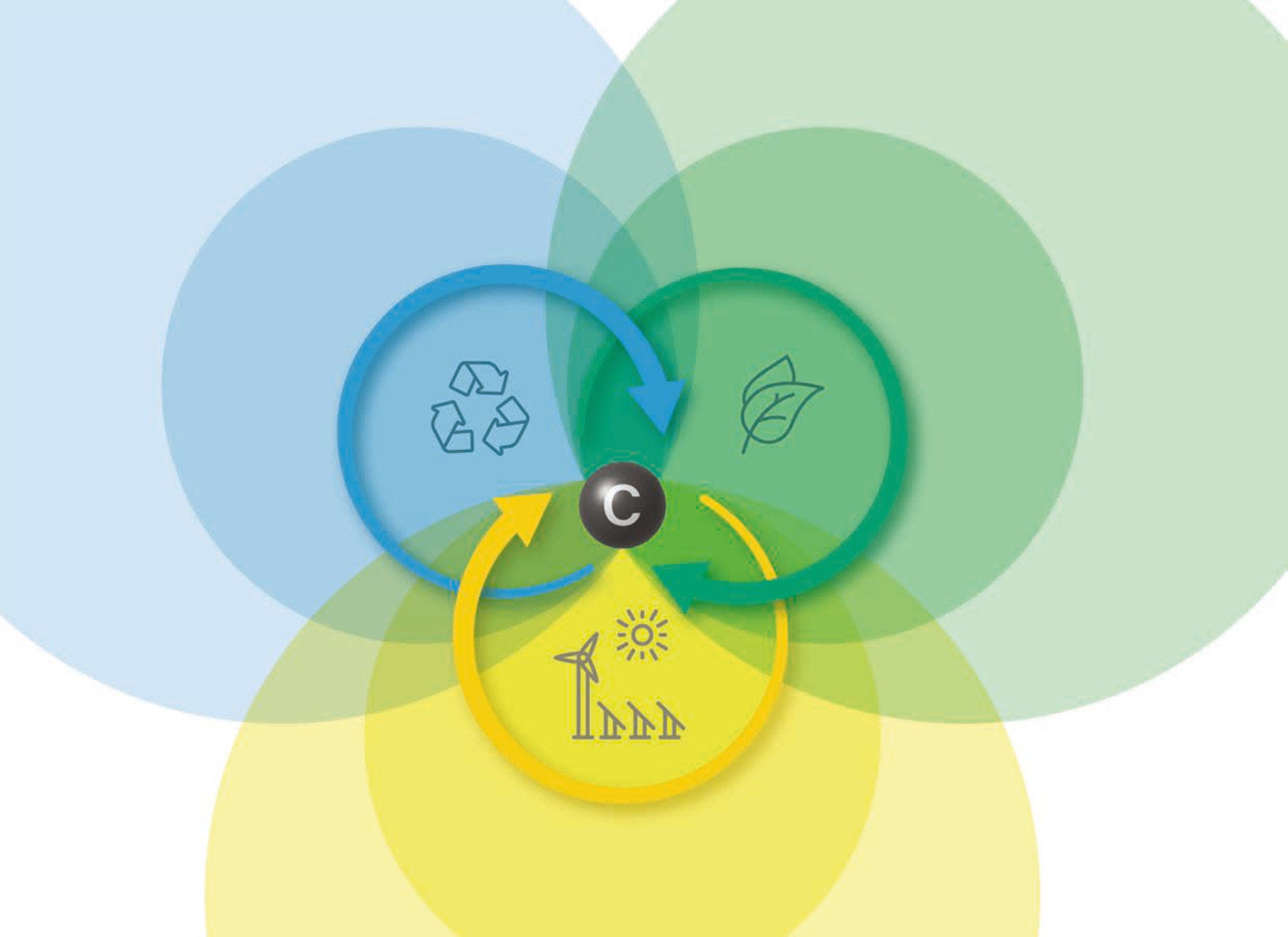This report analyses subsidies provided to steel producers by examining firm-level data from the Organisation for Economic Co-operation and Development (OECD) and conducting desk research. It reveals that subsidy trends persist even in the face of existing overcapacity. Between 2008 and 2020, steel companies in partner economies obtained an average of 10.7 times more subsidies per crude steel production capacity unit than their counterparts in OECD countries. These subsidies took the form of cash grants, cash awards, and cost reimbursements. The report also finds that the national context significantly influences a jurisdiction's inclination to support its steel sector and the transparency of such subsidies. Some jurisdictions have prioritised the growth of their domestic steel industry by establishing firm goals for crude steel production, export, or concentration. Meanwhile, others have engaged in international collaboration to address global challenges related to the decarbonisation of the steel industry.
Subsidies to the steel industry
Insights from the OECD data collection
Policy paper
OECD Science, Technology and Industry Policy Papers

Share
Facebook
Twitter
LinkedIn
Abstract
In the same series
-
 24 April 2024
24 April 2024 -
 20 November 2023
20 November 2023
Related publications
-
 18 November 2024
18 November 2024 -
 11 October 2024
11 October 2024 -
 25 July 2024
25 July 2024




